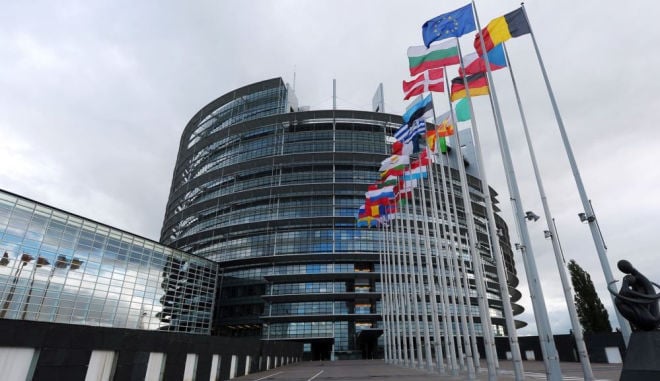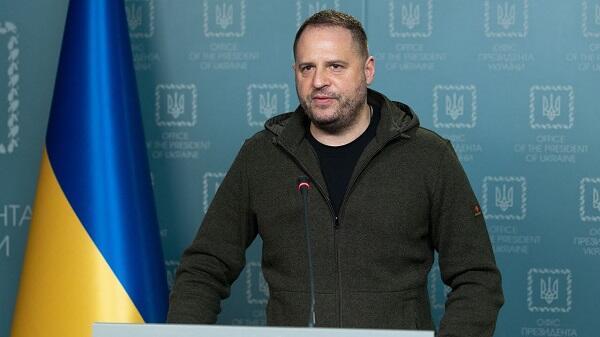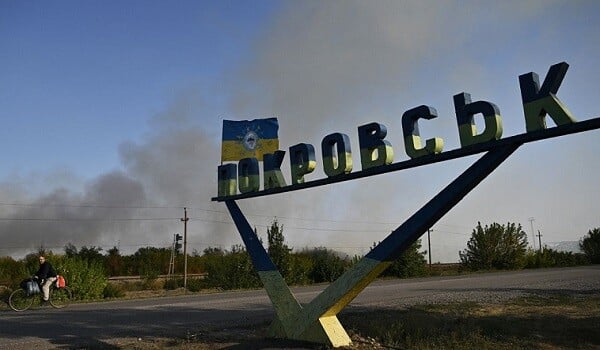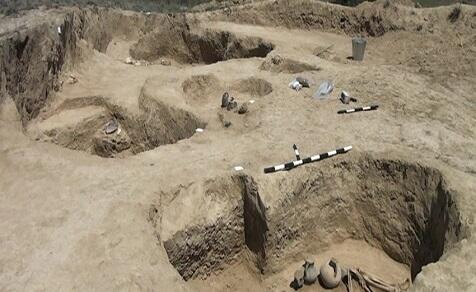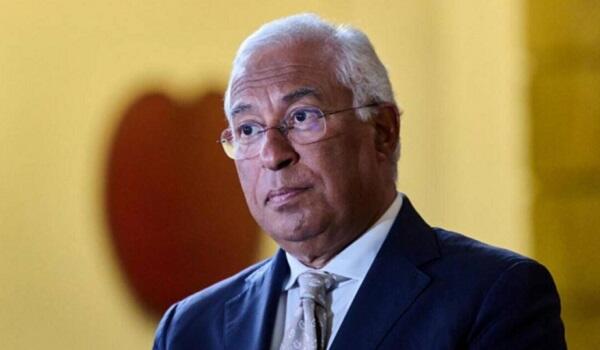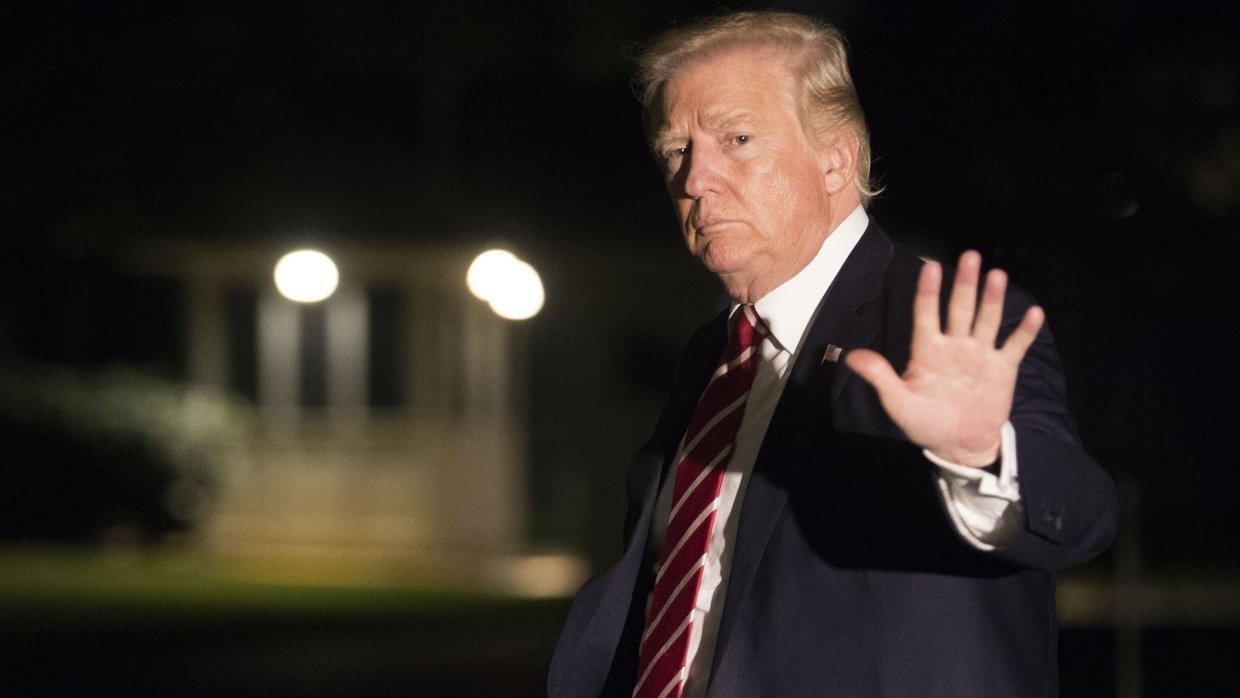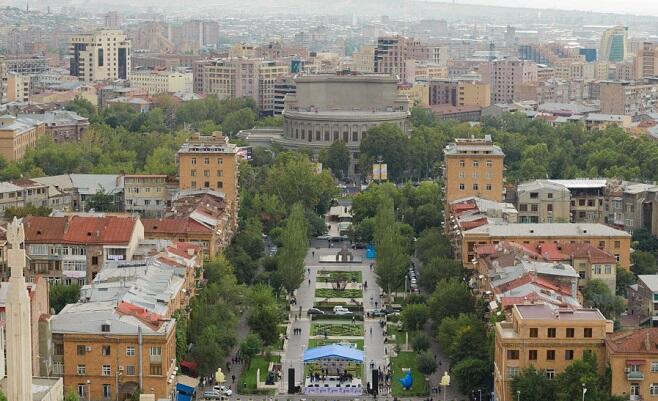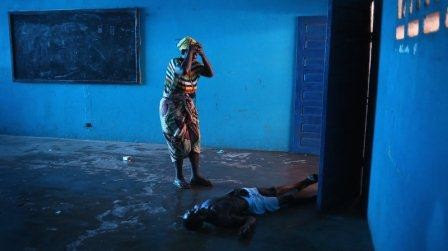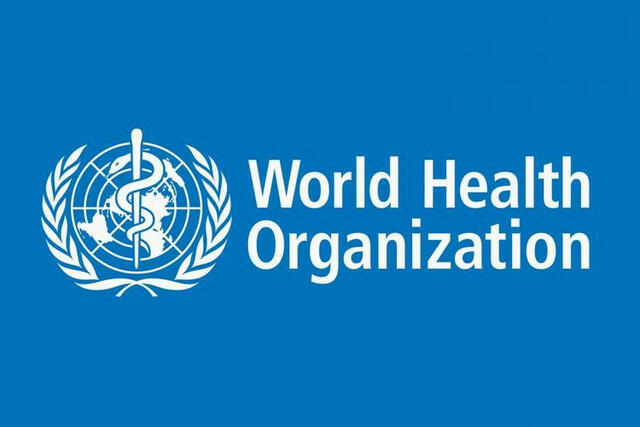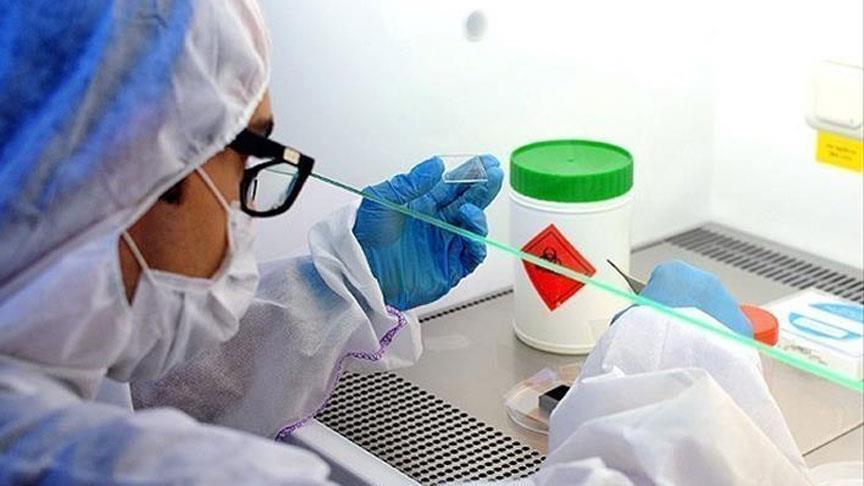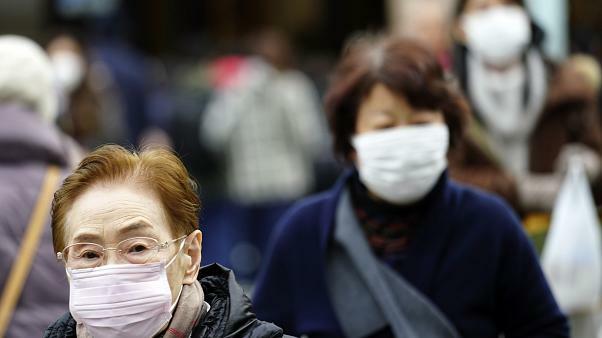One mutation. A simple tweak in the Ebola gene — a C got
turned into a T. That's all it took to make Ebola more infectious
during the West Africa epidemic, scientists report
Thursday.
Two studies, published in the journal Cell, found that a single
mutation arose early in the epidemic. It allows Ebola to infect
human cells more easily than the original version of the virus —
way more easily.
"The largest difference we saw was about a fourfold increase in
the number of cells infected," says Jeremy Luban, a virologist at
the University of Massachusetts Medical School, who led one of the
studies. "When you're talking about a virus that could kill you,
this is a pretty scary number."
When Ebola appeared in West Africa late in 2013, it spread
faster and further than any previous Ebola outbreak. One reason was
because it hit densely populated cities. And countries in West
Africa didn't have the tools to stop the epidemic.
But early on, computational biologists at Harvard University
also noticed the virus was changing. It's genes were mutating.
That's not surprising, Luban says, on its own. It's what viruses
do, especially when they first start spreading in people.
But the mutations raised a big concern: "Is this virus somehow
becoming more transmissible, more dangerous or more deadly?" Luban
says.
The computational biologists were stumped. They could see the
mutations, but they didn't know what they did.
So Luban — and another team led by Jonathan Ball at the
University of Nottingham in the U.K. — started experimenting with
the mutations in the lab. Quickly one mutant jumped out as
peculiar. So Luban set up a video conference call with the Harvard
biologists.
"I remember, we asked them, 'So what's significant about this
particular mutation?' And they all started jumping up and down,"
Luban says.
The Harvard team got excited because they had been watching this
mutation. It cropped up in the outbreak when there were only a
hundred or so cases in the Guinea. And then it spread like
gangbusters.
It went to Sierra Leone, Liberia. It showed up in Nigeria, Mali.
And then it came here to the U.S., Luban says.
"It's the form of the virus that made its way to an emergency
room in Texas," he says, when Thomas Eric Duncan brought Ebola to
Dallas from Liberia.
Although the mutant appears to be more infectious than the
original version of Ebola, Luban and his colleagues don't know if
it makes the virus more deadly.
Luban has some evidence that it's linked to an increase in
mortality rate. "But that increase is very, very slight. So that
alone doesn't prove anything," says Vincent Racaniello, a
virologist at Columbia University, who wasn't involved with the
studies.
Also, all the experiments have been in cells with a model of the
Ebola virus. Racaniello says. So the findings need to be confirmed
in animals, with a real virus.
For these reasons, Racaniello doesn't find the findings
frightening. "No, not at all," he says. "What's frightening is the
outbreak, which affected tens of thousands of people and killed
many thousands of people. I think that's very scary."
Besides, he says, we stopped this mutant. The outbreak is over.
There hasn't been a case of Ebola in months.
"That [mutant] virus, as far as we know, it's not circulating
anymore. It's not causing infections anymore in people in West
Africa," Racaniello says.
In fact, that mutant hasn't just stopped infecting people, it's
probably actually been completely eradicated.
"As far as we know that virus is gone," he says.
Why? Because here's something I forgot to mention about the
mutant virus: The same mutation that helps the virus infect human
cells more easily also prevents it from infecting animal cells. So
the mutant virus probably can't hide in bats — or other animals —
and threaten to trigger another outbreak.
In other words, once the epidemic in West Africa was over, so
was this mutant.






